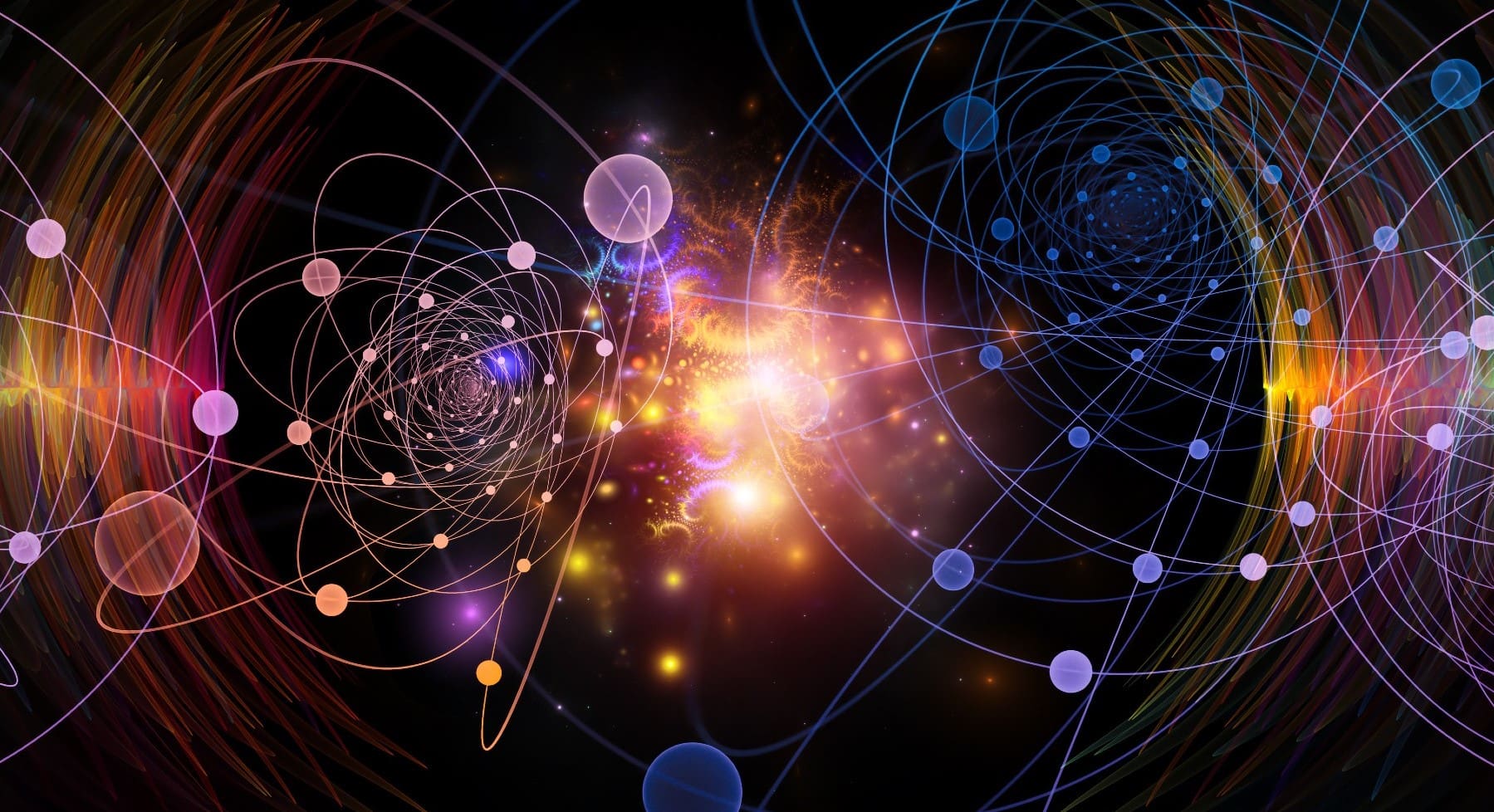Classical mechanics is a cornerstone of physics that explains how objects move and interact based on forces. It provides a framework for understanding a wide range of physical phenomena, from everyday motion to complex dynamics. This guide will cover the basics of classical mechanics, including its core principles and applications. Whether you are a student, a professional, or simply curious about how the physical world operates, this article will offer a clear and comprehensive introduction to classical mechanics.
What is Classical Mechanics?
1. Understanding Classical Mechanics
Classical mechanics is the branch of physics that deals with the motion of objects and the forces that act upon them. It is based on principles and laws that describe how objects move and interact in our everyday world.
Classical Mechanics vs. Modern Physics: Classical mechanics works well for most everyday situations and macroscopic objects. However, it does not account for phenomena at very high speeds (near the speed of light) or very small scales (atomic and subatomic particles), where modern physics theories like relativity and quantum mechanics take over.
Historical Background: The foundations of classical mechanics were laid by Sir Isaac Newton in the 17th century with his three laws of motion. These laws form the basis of classical mechanics and have been fundamental in the development of physics and engineering.
Key Principles of Classical Mechanics
1. Newton's Laws of Motion
First Law (Law of Inertia): An object will remain at rest or in uniform motion unless acted upon by an external force. This law explains the concept of inertia, the resistance of an object to changes in its state of motion.
Second Law (F=ma): The force acting on an object is equal to its mass multiplied by its acceleration (F = ma). This law quantifies the relationship between force, mass, and acceleration, allowing us to predict how an object will move when subjected to a force.
Third Law (Action and Reaction): For every action, there is an equal and opposite reaction. This law explains how forces always come in pairs, such as the force of a rocket's propulsion and the reaction force that pushes the rocket forward.
2. Conservation Laws
Conservation of Energy: Energy cannot be created or destroyed, only transformed from one form to another. In a closed system, the total energy remains constant. This principle is crucial for analyzing various physical processes, from mechanical systems to thermodynamics.
Conservation of Momentum: The total momentum of a closed system remains constant if no external forces act on it. Momentum is the product of an object's mass and velocity, and this principle helps explain phenomena such as collisions and explosions.
Conservation of Angular Momentum: The total angular momentum of a system remains constant if no external torques act on it. Angular momentum is the rotational equivalent of linear momentum and is important in studying rotating systems, such as planets and spinning objects.
3. Kinematics
Kinematics is the study of motion without considering the forces that cause it. It involves describing how objects move using concepts such as:
Displacement: The change in position of an object. It is a vector quantity, meaning it has both magnitude and direction.
Velocity: The rate of change of displacement with respect to time. It is also a vector quantity and can be average or instantaneous.
Acceleration: The rate of change of velocity with respect to time. Acceleration can be constant or variable and is essential for understanding how objects change their speed or direction.
4. Dynamics
Dynamics is the study of forces and their effects on motion. It involves analyzing how forces cause objects to accelerate or change their state of motion:
Force: A vector quantity that causes an object to accelerate. Forces can be contact forces (e.g., friction, tension) or non-contact forces (e.g., gravity, electromagnetic forces).
Friction: A force that opposes the relative motion between surfaces in contact. It is crucial in understanding how objects move across different surfaces and how to design systems to minimize or utilize friction.
Gravity: A force of attraction between masses. The force of gravity pulls objects toward each other and is responsible for phenomena such as the orbits of planets and the fall of objects.
Applications of Classical Mechanics
1. Engineering
Classical mechanics is fundamental in engineering and design:
Mechanical Engineering: Principles of classical mechanics are applied to design and analyze machines, structures, and mechanical systems. Engineers use these principles to ensure that systems operate safely and efficiently.
Civil Engineering: Involves understanding forces and materials to design infrastructure such as bridges, buildings, and dams. Classical mechanics helps predict how structures will respond to various loads and stresses.
Aerospace Engineering: Utilizes classical mechanics to design and analyze aircraft and spacecraft. It involves understanding forces such as thrust, drag, and lift, and applying these principles to achieve stable flight and successful space missions.
2. Everyday Life
Classical mechanics explains many everyday phenomena:
Vehicle Motion: Understanding the principles of motion and forces helps design safer and more efficient vehicles. Concepts such as acceleration, braking, and friction are crucial for vehicle performance and safety.
Sports: Classical mechanics can be applied to analyze and improve athletic performance. For example, understanding the forces involved in a basketball shot or a soccer kick helps optimize technique and enhance performance.
Household Objects: Many household items, from doors and windows to kitchen appliances, operate based on principles of classical mechanics. Knowing how forces and motion work helps in using and maintaining these objects effectively.
Recent Advances and Related Fields
1. Classical Dynamics
Classical dynamics, a subset of classical mechanics, focuses on the study of forces and their effects on the motion of objects. It includes the analysis of complex systems such as:
Vibration Analysis: Studies the oscillatory motion of objects and systems. It is important in designing structures and machinery to ensure they can withstand vibrations and resonances.
Chaos Theory: Explores systems that exhibit sensitive dependence on initial conditions. Even small changes in the initial state of a system can lead to vastly different outcomes. Chaos theory has applications in fields such as meteorology, engineering, and biology.
2. Integration with Other Sciences
Classical mechanics intersects with other scientific fields:
Thermodynamics: The study of heat and energy transfer. Classical mechanics principles are used to understand mechanical work and energy transformations in thermodynamic systems.
Fluid Mechanics: Examines the behavior of fluids (liquids and gases) and their interactions with forces. Classical mechanics principles are applied to study fluid dynamics and hydrostatics.
Astronomy: Classical mechanics helps explain the motion of celestial bodies and the dynamics of planetary systems. It is used to model orbits, gravitational interactions, and space missions.
Conclusion
Classical mechanics is a fundamental branch of physics that provides a framework for understanding motion, forces, and interactions. By grasping key principles such as Newton's laws, conservation laws, and the study of kinematics and dynamics, you gain insight into how objects move and interact in the physical world. Classical mechanics has wide-ranging applications in engineering, everyday life, and other scientific fields, making it a crucial area of study. Whether you are exploring the basics or delving into more advanced topics, understanding classical mechanics is essential for appreciating the underlying principles that govern our world.

